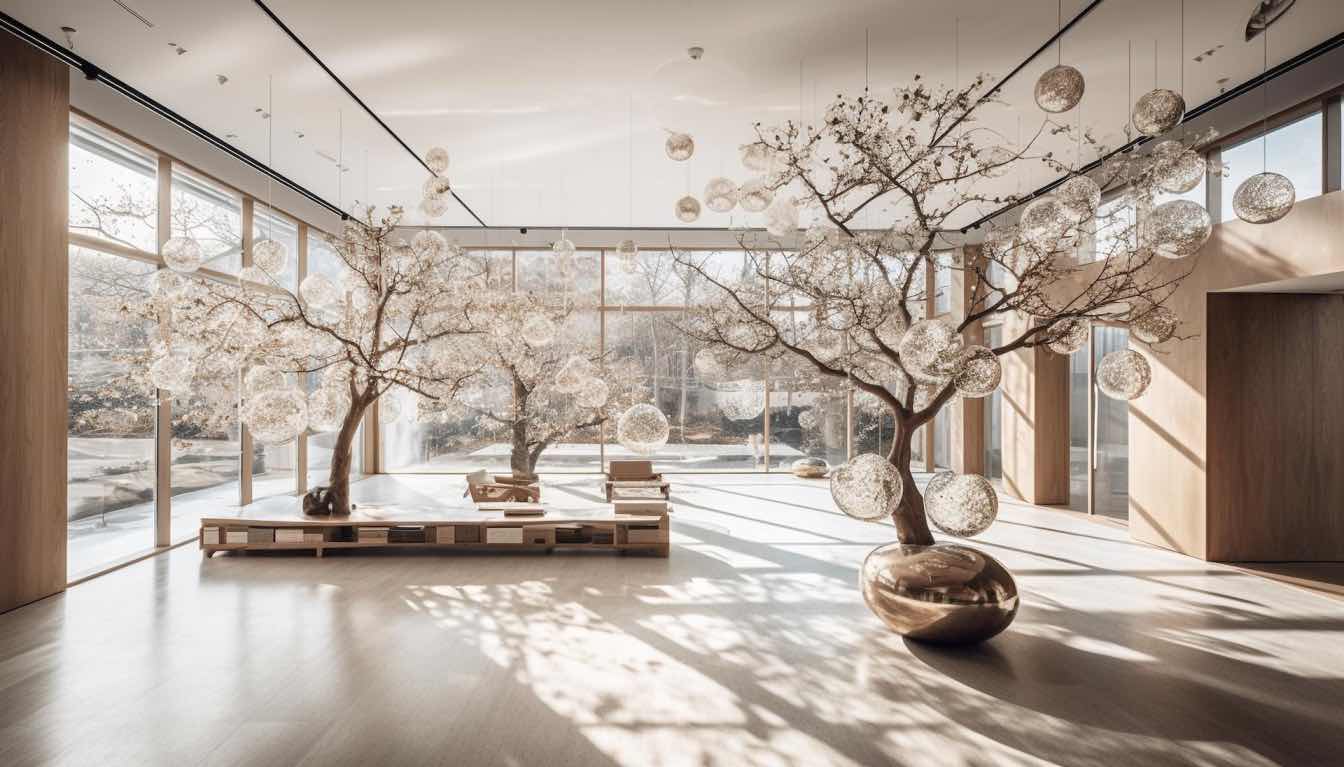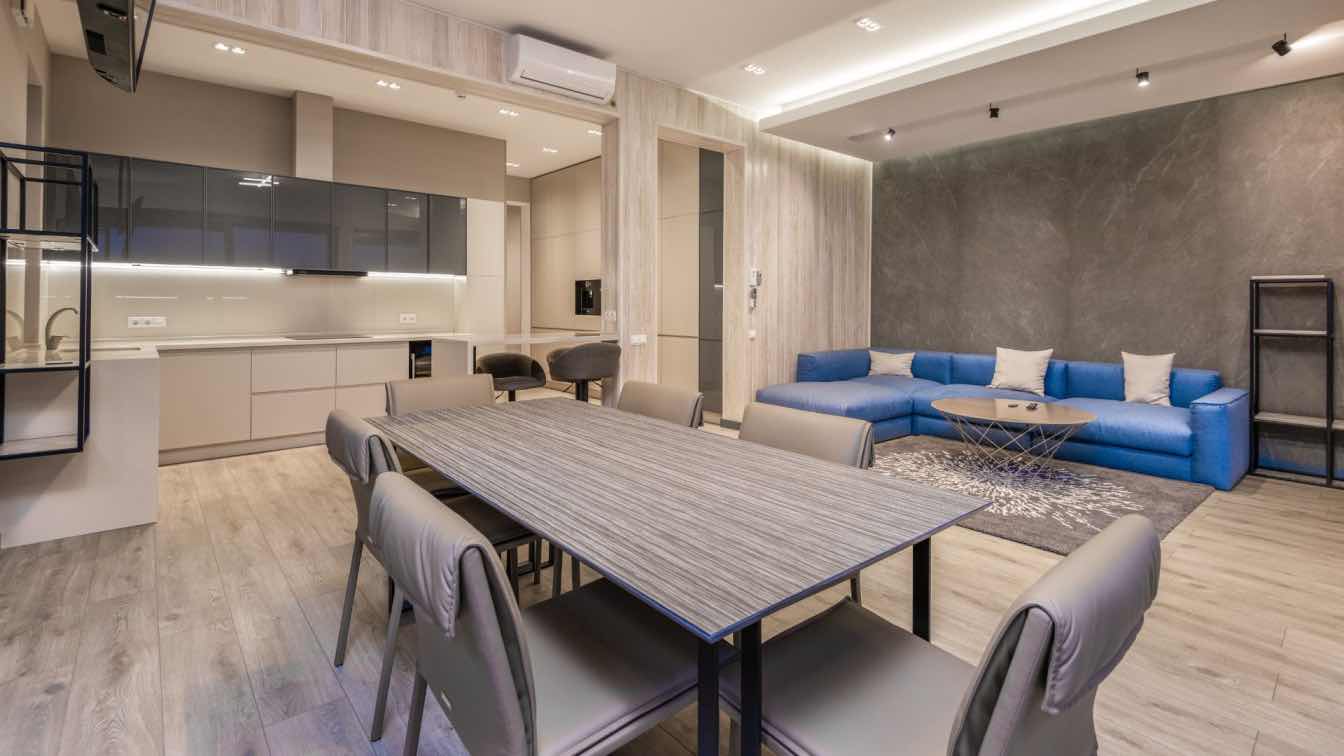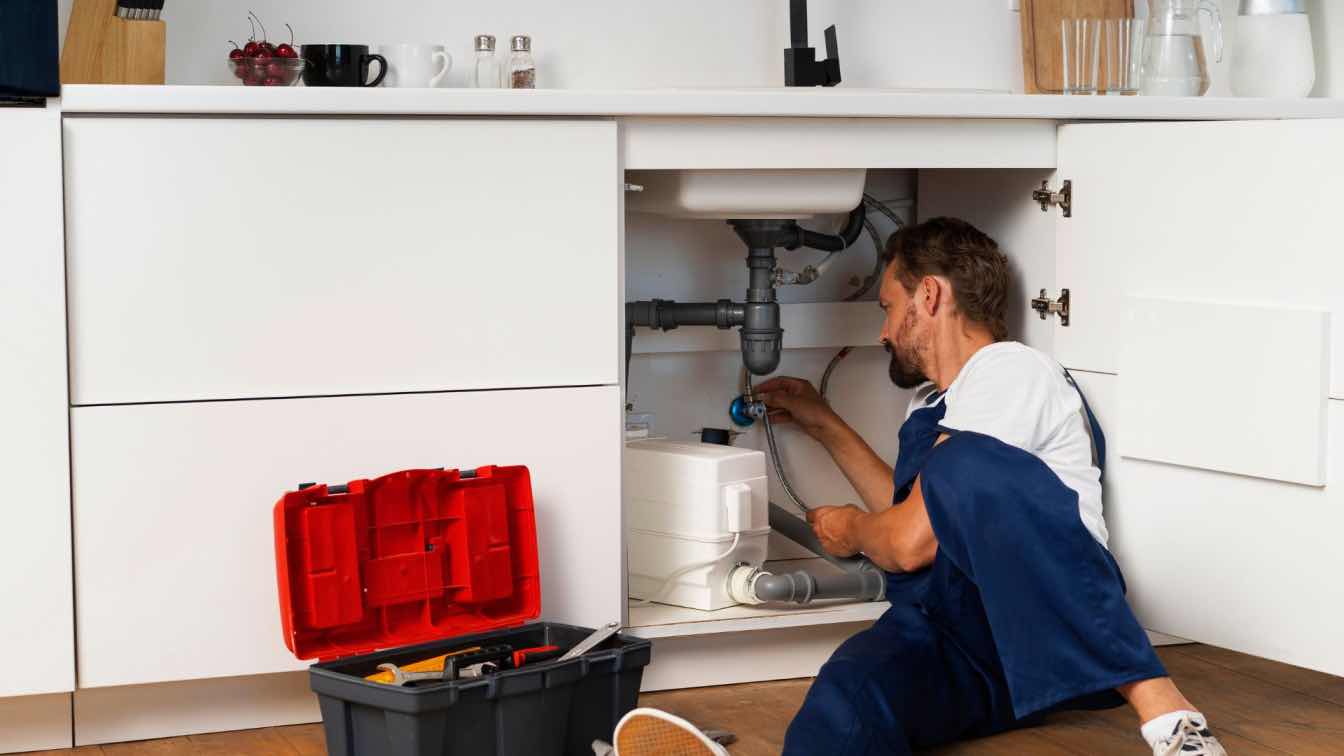Today, the rise of wellness architecture underscores the importance of prioritizing well-being in specific spaces. Some designs are geared towards addressing emerging needs, like the use of climate-adaptive materials in buildings to help minimize the effects of extremely hot or cold weather. Others focus on aspects like mental and physical well-being. From ensuring a safe environment to promoting a laid-back and relaxing lifestyle, architecture for wellness focuses on design that benefits overall health.
A research paper titled Towards an Architecture for Well-being was presented at the 7th International Conference on Sustainable Architecture and Built Environment Proceedings, states that building designs play a role in fulfilling the mental, physical, and social aspects of human health. This is why wellness architecture, or the creation of spaces that promote physical and mental well-being, is crucial. One example of wellness architecture was highlighted in our previous article on the Aeon Hotel in Italy, which mentions how designers incorporated a wellness area that allows occupants to connect with their senses via meditation and other relaxation techniques. This allows anyone to engage in activities that improve their mental and physical health. Below, we take a closer look at why architectural designs should go beyond aesthetics:
Increases focus on mental and physical well-being
With more workers reporting higher levels of stress, it’s important to incorporate wellness designs – whether at home or in the office – to help reduce stress and improve overall mood. By including nature-inspired designs such as indoor plants, green spaces, and windows that allow for ample sunlight, you can create a space that enables people to relax. This is especially important as research in ecopsychology has found that a sense of connection to nature can lead to positive emotions like joy, creativity, and calmness and can even enhance concentration, as well as boost productivity and creativity. Spaces with plenty of natural light can also create an accommodating environment that can reduce eye strain and headaches, allowing for a more positive experience that soothes the mind and body.
Architects can work together with interior designers to ensure that everyday objects within these spaces contribute to physical and mental well-being. Selecting pieces from luxury ergonomic chair brands like Herman Miller or lighting brands like FUSE can further complement the wellness-focused design of a structure, as well as picking natural materials like sisal or rattan.
Marries style and functionality
Architectural designs, like any other everyday object, should serve multiple purposes to enhance both utility and wellness. Successful brands and design studios across a variety of industries are able to emphasize this multifunction in their work. Take the sunglasses from Ray-Ban and Oakley, for example. These luxury eyewear companies are able to combine aesthetics with various functions, such as blocking UV light and protecting the eyes from glare and small particles. Their designs serve specific purposes as well – Oakley offers sunglasses for specific sports activities, while Ray-Ban's Aviators were famously designed for pilots. Similarly, wellness architecture should also mix visually appealing designs with functionality.
Another example of this is highlighted by a Finnish outdoor exercise equipment company, Gritbird, which focused on maximizing the use of an open area dedicated to recreational activities and exercises and used outdoor fitness equipment to help promote a healthier lifestyle. Through the use of simple tools and movements, Gritbird was able to make exercise more accessible to the public through their Grit and Nolla series of exercise equipment while ensuring their designs fit in seamlessly within the architecture of locations such as public parks.
Leads to environmental benefits
Being able to live or work in a well-designed environment should never come at the expense of personal health and safety. Architecture for wellness is the perfect space to exercise this, as each aspect of design is carefully vetted to maximize well-being. For example, Silvana Vergara from Studio Tove recommends using safe and non-toxic materials such as paint with low volatile organic compounds and sustainable and durable woods to guarantee safe air quality and sustainability indoors. Sarah Solis of Solis Design Studio emphasizes the use of plaster and other natural wall finishes for their environmental benefits. Meanwhile, Tanya Ryno of Iron House Design notes that more designers are blurring the lines between indoor and outdoor spaces to enhance overall health and well-being.
Through wellness architecture that puts a premium on material sourcing and quality and maximizes the function of spaces, occupants won’t have to worry about health issues linked to poor and unsafe air quality, such as allergies and respiratory diseases.
With the introduction of newer designs and innovation in the field of architecture, it’s important to prioritize the physical and mental well-being of your occupants. By using safe materials and incorporating designs that help elevate mood and promote a healthier lifestyle, architecture for wellness can elevate not just design and aesthetics but also quality of life.





